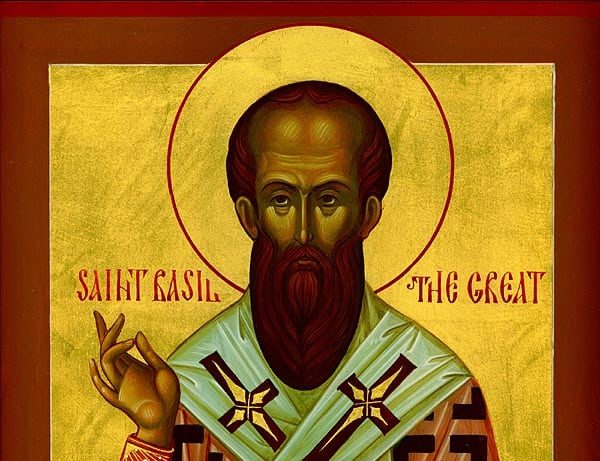Saint Lucy 3rd Century in Mass
Saint Lucy was born in 283 and she died in 304. She was a Roman Christian martyr who died during the Diocletianic Persecution. Saint Lucy is one of eight women (including the Virgin Mary) explicitly commemorated by Catholics in the Canon of the Mass, to this day. Her traditional feast day, known in Europe as Saint Lucy’s Day, is observed by Western Christians on December 13. On her feast day, no work is permitted. Saint Lucy was honored in the Middle Ages and remained a well-known saint in early modern England. She is one of the best-known virgin martyrs, along with Agatha of Sicily, Agnes of Rome, Cecilia of Rome, and Catherine of Alexandria. Did you know someone who he about every week lived 1700 years ago?
St. Lucy Biography

All the details of saint Lucy’s brief life are the conventional ones associated with female martyrs of the early fourth century. This way, we can interpolate what happened. According to the traditional story, St. Lucy was born to rich and noble parents in 283. Her father died when she was five years old, and her mother and she saw a downturn in their fortunes.
Like many of the early martyrs, Saint Lucy had consecrated her virginity to God, and she hoped to distribute her dowry to the poor. Her mother did not know and arranged a marriage to a wealthy pagan. Her mother also suffered greatly from a bleeding disorder. Saint Agatha had been martyred 52 years before, during the Decian persecution. Saint Lucy’s mother was persuaded to make a pilgrimage to Saint Agatha’s shrine, hoping for a cure.
While there, Saint Agatha came to Saint Lucy in a dream and told her that because of her faith, her mother would be cured and that Lucy would be the glory of her town, Syracuse. With her mother cured, Lucy took the opportunity to persuade her mother to allow her to distribute a great part of her riches among the poor. Lucy said, “…whatever you give away at death for the Lord’s sake, you give because you cannot take it with you. Give now to the true Savior, while you are healthy, whatever you intended to give away at your death.”
News that the patrimony came to Lucy’s fiancé, who denounced her to Paschasius, the Governor of Syracuse. Paschasius ordered her to burn a sacrifice to the emperor’s image. When she refused, Paschasius sentenced her to be defiled in a brothel. The Christian tradition states that when the guards came to take her away, they could not move her even when they hitched her to a team of oxen. Bundles of wood were then heaped about her and set on fire, but would not burn. Finally, she met her death by the sword thrust into her throat. Legend says that before she died, she had her eyes gouged out.
St. Lucy Veneration

The veneration of St. Lucy began at the grave stele of Euskia, which was discovered in the catacombs of Syracuse, Sicily, and is now housed in the Museo archeologico regionale Paolo Orsi. Euskia was a 25-year-old woman who died on St Lucy’s Day in the late 300s or early 400s. By the sixth century, her story was sufficiently widespread that she appears in the procession of virgins in the Basilica of Sant’Apollinare Nuovo in Ravenna and in the Sacramentary of Pope Gregory I.
Saint Lucy is also commemorated in the ancient Roman Martyrology. St. Aldhelm and a little later the Venerable Bede attest that her popularity had already spread to England, where her festival was kept in England until the Protestant Reformation, as a holy day of the second rank in which no work but tillage or the like was allowed.
Saint Lucy’s body lay undisturbed in Sicily for 400 years before her body was transferred to Italy. From there, it was removed by Emperor Otto I in 972 to Metz and deposited in the church of St. Vincent. An arm of the saint was taken to the monastery of Luitburg in the Diocese of Speyer. The subsequent history of the relics is not clear; however, parts of the body are present in Sicily. The rest of the relics are in Venice.
Conclusion
Saint Lucy is remembered in every single Catholic Mass, everywhere, up to this day. Considering she lived 1,700 years ago, this is amazing. Also, there is an amazing story about her relics. In November of 1981, thieves stole all her bones, except her head. Police recovered them five weeks later, on her feast day. Other parts of the corpse have found their way to Rome, Naples, Verona, Lisbon, Milan, as well as Germany and France.






